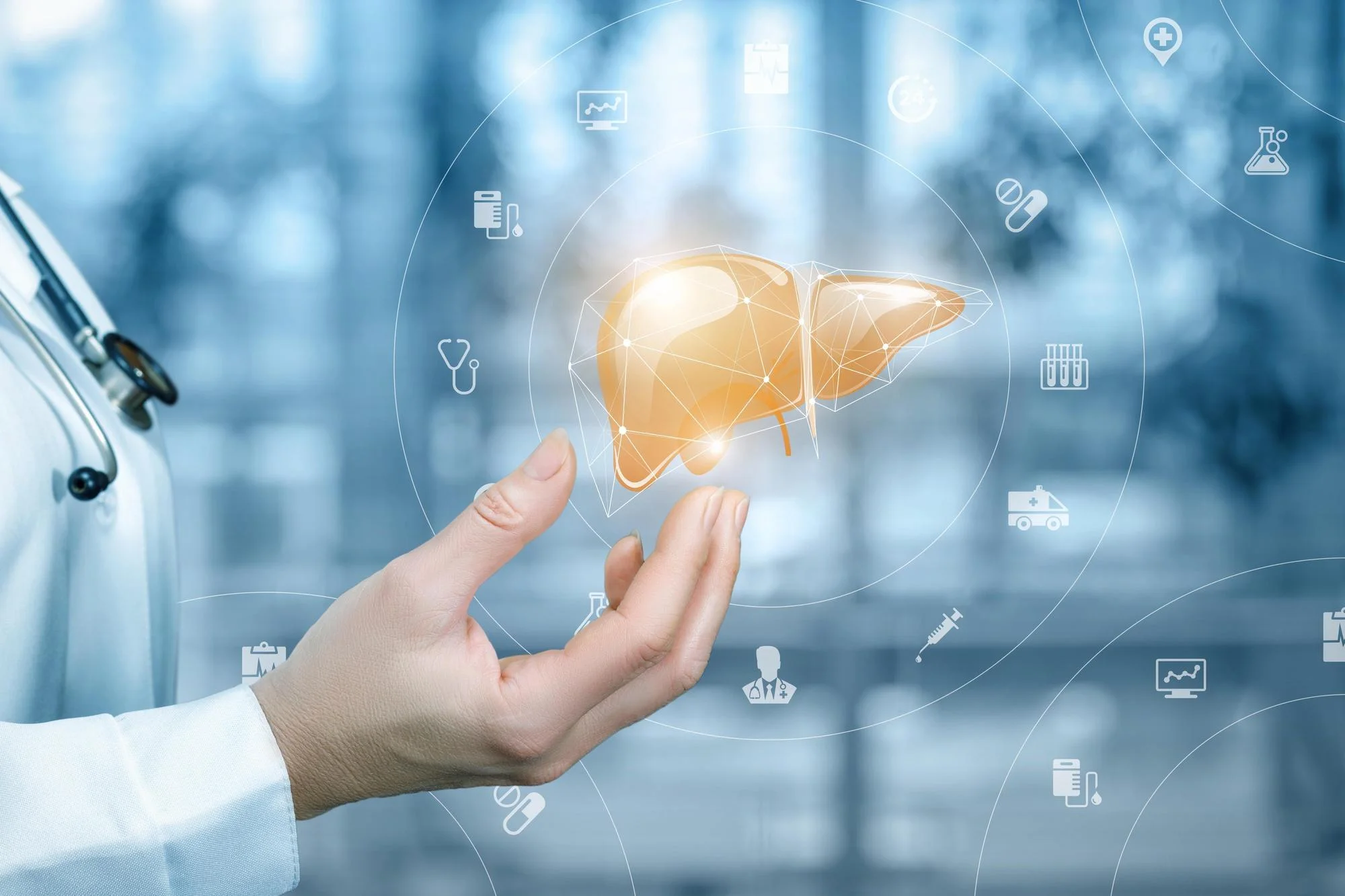Keywords
1. Primary biliary cholangitis
2. PBC treatment
3. Ursodeoxycholic acid
4. Obeticholic acid
5. Cholestatic liver disease
Primary biliary cholangitis (PBC) is an autoimmune liver disease that primarily targets the bile ducts within the liver, leading to progressive cholestasis and eventual liver damage. The disease tends to affect women more than men and usually presents in patients during their fifth or sixth decades of life. Yet, despite an apparent increase in understanding and treatment options, PBC remains a significant clinical challenge for gastroenterologists worldwide. This article is a comprehensive analysis and practical review of PBC, offering guidance on diagnosis, risk stratification, and the latest therapeutic strategies.
DOI: 10.1002/hep.31061656
Introduction
Primary biliary cholangitis is a chronic, progressive liver disorder typified by the destruction of intrahepatic bile ducts. Its autoimmune nature, common symptomatology including fatigue and itching (pruritus), and associated conditions such as Sicca syndrome, reflect the complexity of managing PBC, which affects approximately 1 in 1000 women over the age of 40. A thorough grasp of the disease’s etiology, its nuanced presentation, and the tailored therapeutic approach is crucial for any practicing gastroenterologist.
Etiology and Pathogenesis
PBC’s etiology appears rooted in a genetic predisposition that interacts with environmental factors, including microbial triggers and xenobiotics. Key insights include the association of specific human leukocyte antigens (HLAs) with PBC, tying genetic susceptibility to immune system dysregulation. Environmental factors like smoking, recurring urinary tract infections, and certain chemicals have also been linked to the onset of PBC.
References
1. Lleo, A., et al. (2017). Primary biliary cholangitis: a comprehensive overview. Hepatol Int., 11(6), 485-499. doi:10.1007/s12072-017-9797-7
2. Lindor, K. D., et al. (2019). Primary biliary cholangitis: 2018 practice guidance from the American Association for the Study of Liver Diseases. Hepatology, 69(01), 394-419. doi:10.1002/hep.30145
3. Beuers, U., et al. (2015). Changing nomenclature for PBC: from ‘cirrhosis’ to ‘cholangitis’. Hepatology, 62(5), 1620-1622. doi:10.1002/hep.28011
4. Gulamhusein, A. F., & Hirschfield, G. M. (2018). Milder disease stage in patients with primary biliary cholangitis over a 44-year period: A changing natural history. Hepatology, 67(5), 1920-1930. doi:10.1002/hep.29663
5. European Association for the Study of the Liver. (2017). EASL Clinical Practice Guidelines: the diagnosis and management of patients with primary biliary cholangitis. J Hepatol., 67(1), 145-172. doi:10.1016/j.jhep.2017.03.022
Diagnosis and Presentation
PBC is often asymptomatic, but when symptoms do arise, they include fatigue, pruritus, upper abdominal discomfort, and features of Sicca syndrome. Diagnostic confirmation typically relies on identifying elevated cholestatic liver enzymes, the presence of antimitochondrial antibodies (AMA), or disease-specific antinuclear antibodies. Liver biopsy, once a mainstay, is now less frequently performed but can support diagnosis by revealing nonsuppurative destructive cholangitis.
Management and Risk Stratification
The management goal in PBC is to slow disease progression, alleviate cholestasis-associated symptoms, and address complications of advanced liver disease, such as cirrhosis. Risk stratification is often based on both clinical assessments and laboratory parameters, assisting in prognosis determination and treatment decisions.
Treatment
First-line Therapy
Ursodeoxycholic acid (UDCA) is the first-line treatment for PBC, with substantial evidence supporting its ability to improve long-term outcomes by reducing cholestasis and delaying histological progression.
Second-line Therapy
For patients who show inadequate biochemical response to UDCA or cannot tolerate it, the farnesoid X receptor (FXR) agonist, obeticholic acid, is approved as a second-line treatment. Fibrates, though yet to gain regulatory approval, demonstrate promise in off-label use for PBC management.
References
6. Gulamhusein, A. F., et al. (2018). Milder disease stage in patients with primary biliary cholangitis over a 44-year period: A changing natural history. Hepatology, 67(5), 1920-1930. doi:10.1002/hep.29663
7. Lleo, A., et al. (2017). Primary biliary cholangitis: a comprehensive overview. Hepatol Int., 11(6), 485-499. doi:10.1007/s12072-017-9797-7
8. Corpechot, C., et al. (2012). Noninvasive elastography-based assessment of liver fibrosis progression and prognosis in primary biliary cirrhosis. Hepatology, 56(1), 198-208. doi:10.1002/hep.25651
9. Poupon, R. (2012). Ursodeoxycholic acid and bile-acid mimetics as therapeutic agents for cholestatic liver diseases: an overview of their mechanisms of action. Clin Res Hepatol Gastroenterol, 36(suppl 1), S3-S12. doi:10.1016/S2210-7401(12)70015-3
10. Nevens, F., et al. (2016). A placebo-controlled trial of obeticholic acid in primary biliary cholangitis. N Engl J Med., 375(7), 631-643. doi:10.1056/NEJMoa1509840
Experimental Treatment Options
Experimental treatments under investigation include immunomodulatory strategies and targeting specific pathways such as PPAR agonists. Clinical trials continue to assess the safety and efficacy of these innovative treatments.
Conclusion
Primary biliary cholangitis is an intricate autoimmune liver disease with a multifactorial etiology. While there is no cure, early diagnosis and appropriate management can significantly improve the quality of life and prognosis for those affected. Current treatments, primarily UDCA and obeticholic acid, have made strides in managing PBC, but not all patients respond adequately, indicating a need for continued research and drug development. Gastroenterologists should remain abreast with treatment advancements and guidelines for holistic care of PBC patients.
The information presented herein reflects the current understanding up to the knowledge cutoff date of early 2023. Changes in the scientific and medical landscape may occur beyond this point, necessitating updated reviews of the primary biliary cholangitis literature.
This article is intended as an informative guide for medical professionals, particularly gastroenterologists, navigating the clinical challenges PBC presents. Remember, an individualized approach — considering genetic makeup, environmental exposures, symptomatology, and patient preferences — is key to effective management.
Author’s Note
Conflicts of interest were disclosed by the authors of the original review, as noted in the provided literature data. It is advisable for readers to consider these when interpreting the review advice for clinical practice.
Note on Authorship
Onofrio Fernanda Q., Hirschfield Gideon M., and Gulamhusein Aliya F. contributed equally to the original work referenced in this article and are affiliated with the University of Toronto, further solidifying the robustness and reputability of their findings.
